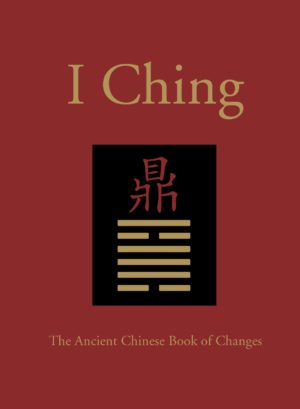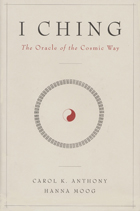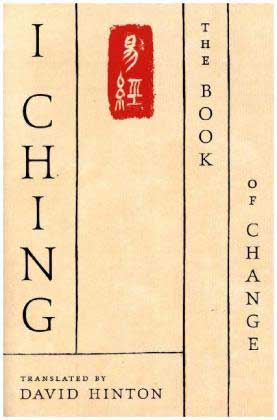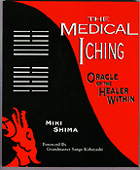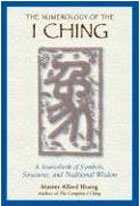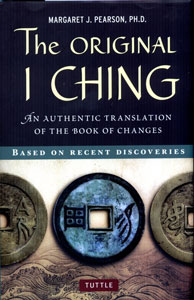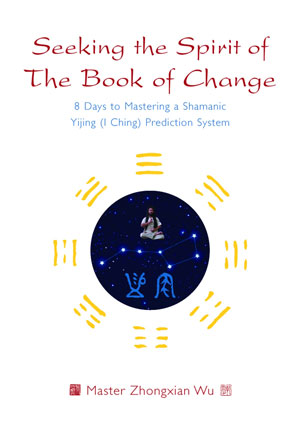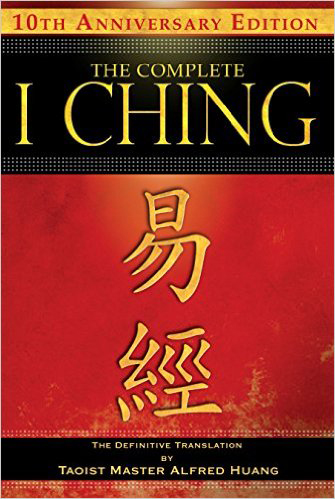I Ching books
Books about I ching (I Ging)
The world of the I Ching
The I Ching or Yì Jīng, the Book of Changes, is a collection of line drawings and associated wisdom. Every TCM therapist should have read them at least once. New also from Gleditsch, self-discovery through transformation. In the book I Ching the Book of Life, the basic aspects, the prerequisites for understanding the I Ching with its hexagram structure, inner connections and overarching structures are described briefly and clearly – and the doors are opened for understanding the 64 contemplative texts and materials. The style chosen by Rene van Osten follows the tradition of deep wisdom and at the same time builds linguistic bridges to the 20th century, which at the same time adequately acknowledge both the ancient sages of China and Richard Wilhelm’s outstanding achievements. Each individual who approaches the I Ching must fathom for himself the worldview and farsightedness inherent in it: recognize, experience and sometimes suffer. With his publications, Rene van Osten offers a helpful hand to all those who dare to jump into these levels of knowledge.
I Ching: Salvaging a kind of world formula
The I Ching can claim to be as remarkable in its power and wisdom as, for example, the Bible – connecting heaven and earth. Starting from “magic tables of symbolic signs” around 1000 B.C., often simply used as oracles, a kind of world formula was woven into them, which researchers have recently recognized again today in the I Ching.
All Chinese and many other scientific systems beyond its borders tried to coordinate their systems with the book, which to this day only underlines its unbroken power. I Ching and Psyche von Riegel shows that this book is the oldest basic work in China. Of particular interest are the clarity about the current situation, the probable development and the correct procedure. Answers to all questions were given by the 64 hexagrams with the approx. 4,098 conversion possibilities.
Hexagrams – mirror of the soul
In medicine you receive disharmony patterns via a determined hexagram. Here, disharmonies appear in the yin-yang relationship of the organism as well as in the organ function circles. The hexagrams convey a picture of the basic nature and character traits of the person to whom the hexagram is assigned via their characteristic image and classical comments on symbolism. All 64 hexagrams in this book are analyzed as mirrors of the soul and are provided with tips for keeping the organism healthy.


